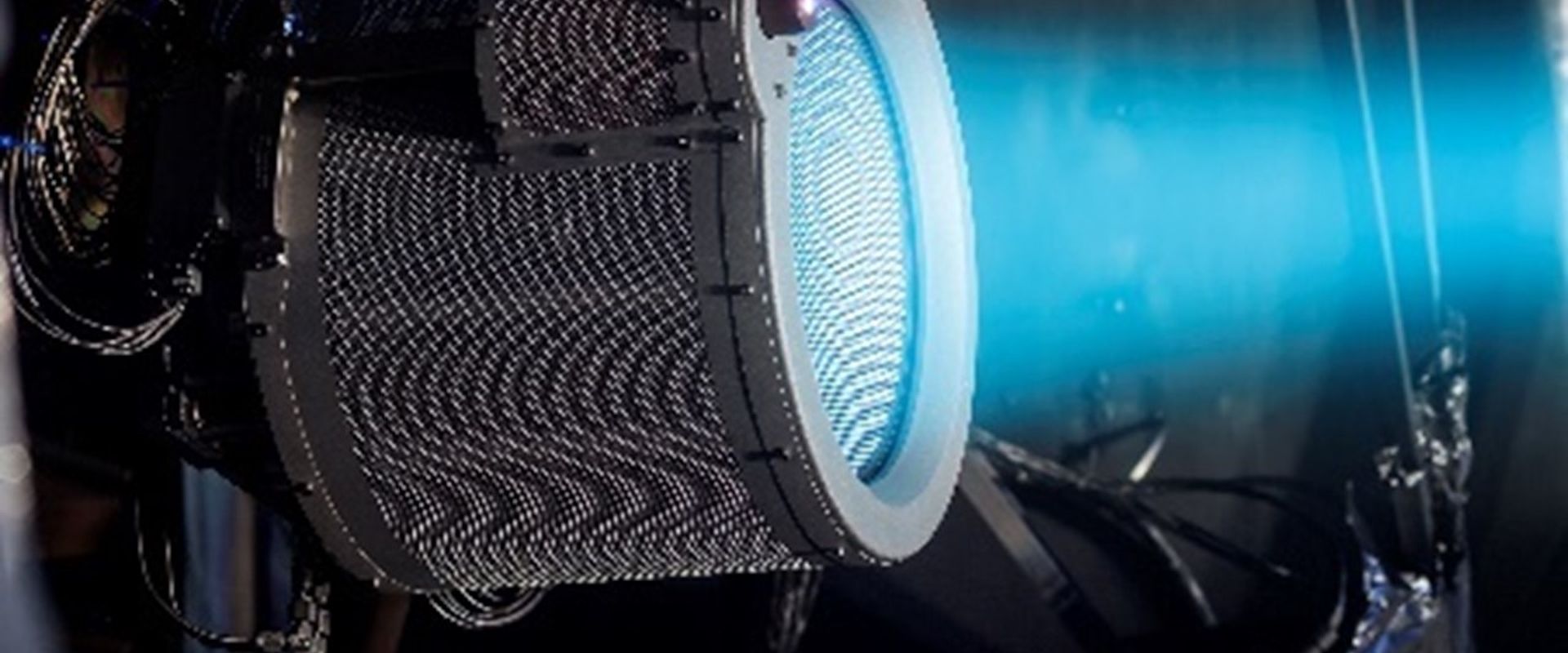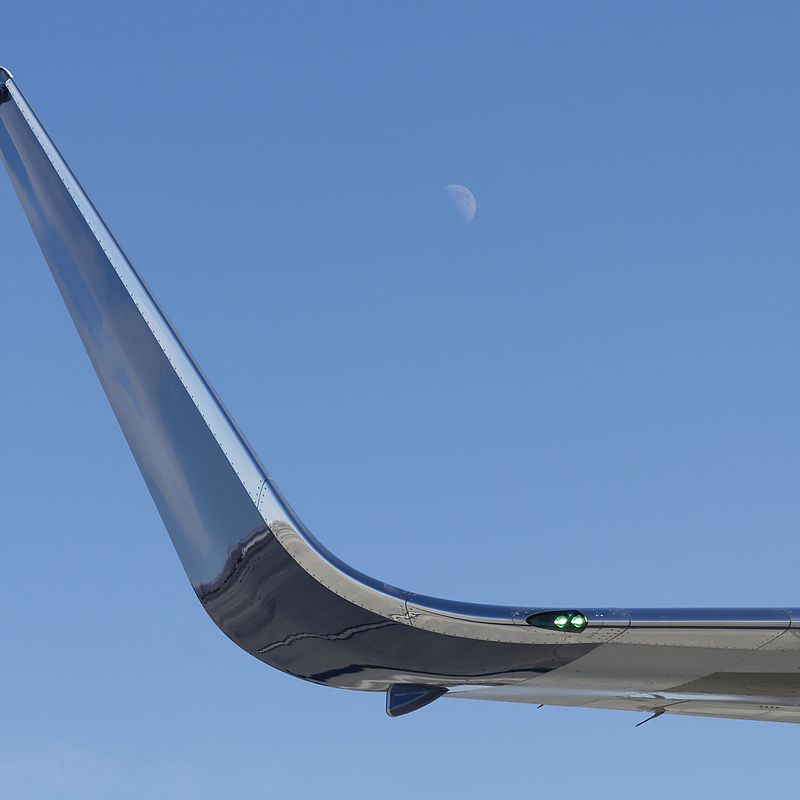
Validating ion engines for interplanetary travel
Challenge
Space exploration has provided insights into the formation of the solar system and processes underway on Earth. Missions to Venus, for example, have informed us on the greenhouse effect and the dangers of chlorofluorocarbons (CFCs).
Ion engines, a form of electric propulsion, may be preferable to chemical rockets for such missions. Being more efficient they require less fuel thus smaller, lower-cost launch vehicles can be used, and payloads maximised. One common form of ion engine employs ‘gridded’ thrusters in which propellant atoms are bombarded by electrons to generate positively charged ions. The potential difference between two plates at the rear of the engine, the screen and accelerator grids, focus these particles and accelerate them to extremely high velocities to provide thrust. Key to efficiency is the separation (< 1 mm) between these plates, but pre-launch measurement of this parameter has proven challenging. During operation grid plates can exceed 400 ºC and only mathematical models existed to inform on effects such as thermal expansion on plate separation. In addition, engines are tested in vacuum chambers which are large to minimise interactions between
the thruster being tested and the walls of the chamber in order to reproduce as closely as possible the conditions in space. No practical methodology existed to accurately measure changes in grid plate separation down to the required resolution, in vacuo and from outside of the vacuum chamber, over 6 m from the thruster.
Solution
The EMRP project Large Volume Metrology in Industry successfully tackled the most critical needs expressed by a range of users of Large Volume Metrology, including novel ways of measurement compensation for thermal and refractive index distortions.
During the project’s lifetime a system based on ‘divergent beam frequency scanning interferometry’ (FSI) was developed. FSI uses a tunable laser to provide highly accurate distance measurements with the potential to track multiple targets with an accuracy in the μm range.
After successfully demonstrating an accuracy of FSI of 50 μm over small (1 m3) volumes it was then developed further into a longer-range system. This demonstrated an accuracy of 100 μm over a range of 10 m. As well as improving the measuring range using spatial light modulators, which also allowed beam shaping and steering, a novel dual-wavelength technique allowed the system to compensate for the presence of vibration.
Impact
QinetiQ is a world leader in defence, technology and security and, since development of their ground-breaking T1 ion thruster in the sixties, it is also a world leader in electric propulsion systems.
Using a modified FSI system NPL, who developed the method in the EMRP project, was able to measure the alignment of the grid plates in QinetiQ’s innovative, 22 cm-diameter, T6 ion engine with < 100 μm uncertainty, validating QinetiQ’s mathematical models.
These engines are now in use in ESA and JAXA’s 2018 BepiColombo mission to Mercury. NPL’s contribution has been instrumental in giving ESA the confidence required to use these engines and it is the first-time electric propulsion has been used to travel to one of the inner planets.
QinetiQ’s thrusters will minimise fuel consumption and hence help address key challenge such as the enormous amount of energy required to brake the craft at its destination whilst maximising the quantity of scientific equipment being transported. Once the BepiColombo mission arrives at the planet in late 2025 it will help reveal information on the composition and history of Mercury and about the formation of the inner planets in general, including Earth.
- Category
- EMRP,
- Industry,
